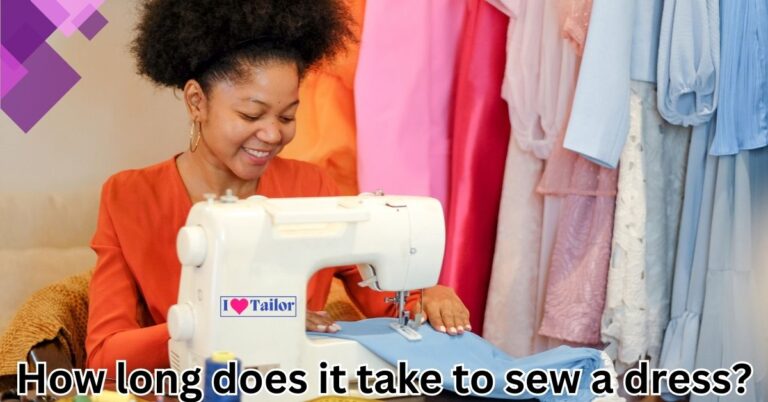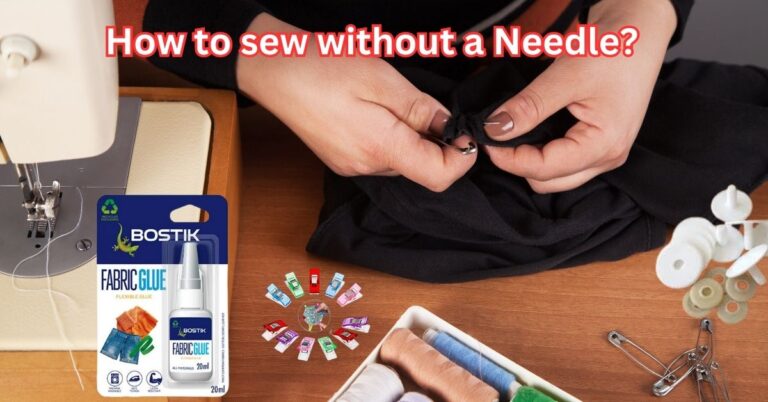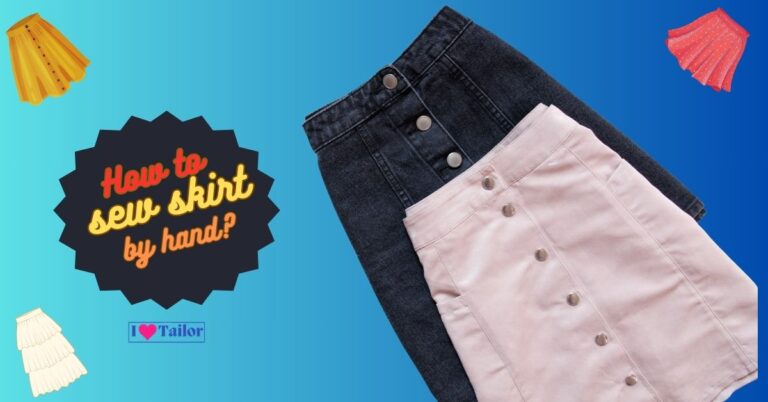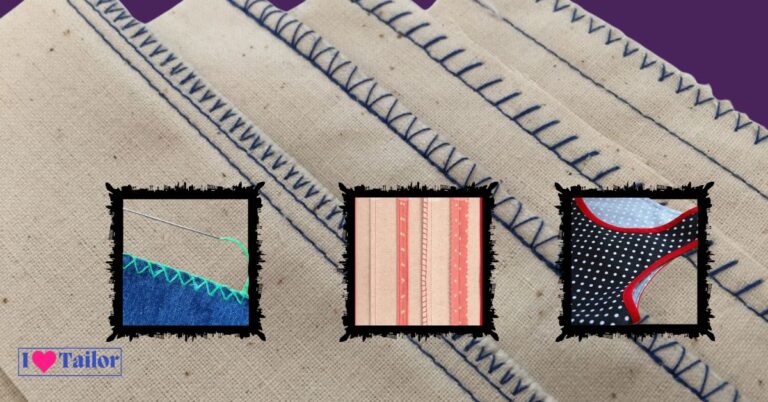How to sew without a Sewing Machine? | Learn 10 Best Methods
The ability to sew allows you to make lovely clothes, accessories, and home design things. They are frequently utilized for quicker and more accurate stitching, sewing machines are not always easily available or appropriate for all applications. Thankfully, you may still indulge your love of sewing without a sewing machine. We’ll look at a variety of methods, advice, and approaches in this post, “How to sew without a Sewing Machine?” to assist you in sewing by hand proficiently and producing results that look good. Let’s explore the world of hand stitching now!
Choosing the Right Tools and Materials
It’s crucial to have the right materials on hand before starting your hand-sewing journey. A tape measure, a pair of sharp scissors, fabric pins, embroidery or sewing thread, and premium hand-sewing needles should all be purchased. Choosing simple-to-work-with fabrics, such as cotton or lightweight materials, will also make hand stitching more enjoyable.
Preparing Your Fabric
It’s crucial to properly prepare your cloth before you begin stitching. Wash and press the fabric to remove any wrinkles or sizing agents. Use a fabric marker or chalk to mark your sewing lines or pattern pieces. This step will help you stay organized and ensure accurate stitching.
Related: How to remove embroidery with backing?
Top 10 Methods to Sew Without a Sewing Machine
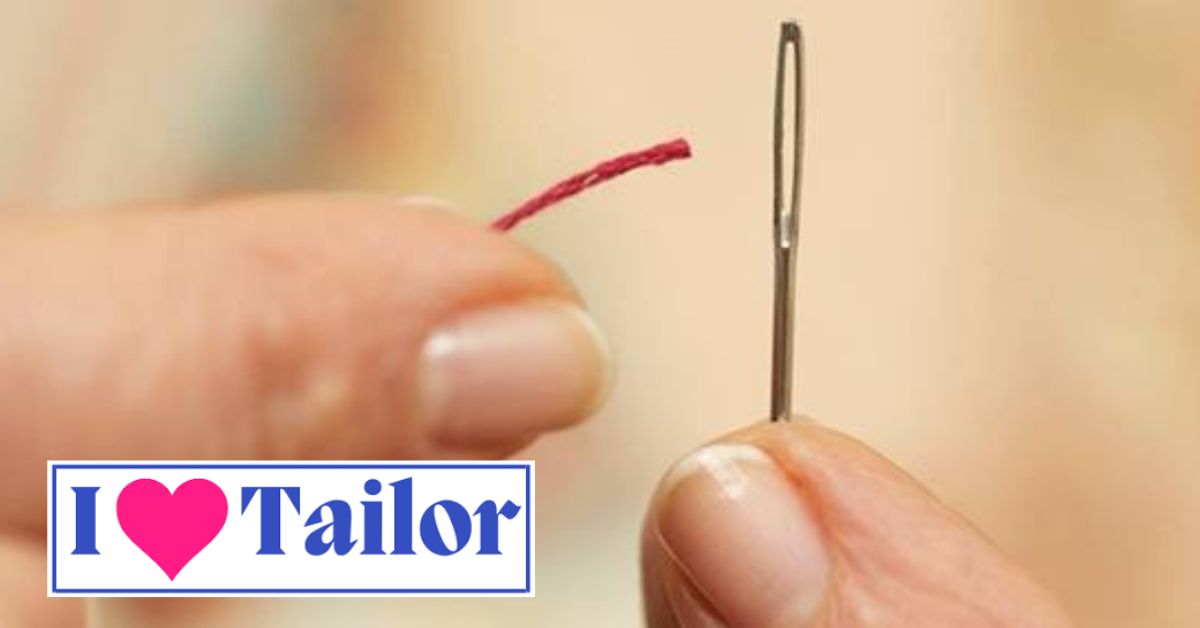
We’ll cover the best 10 hand-sewing methods in this post so you may follow your love.
Method 1: Essential Hand Sewing Techniques
1. Basting Stitch: Begin by using a basting stitch to hold fabric pieces together temporarily. This stitch is long and loose, allowing easy removal once the permanent stitches are in place.

2. Running Stitch: The running stitch is a basic and versatile stitch used for joining seams or attaching embellishments. Insert the needle up and down through the fabric, creating even stitches.
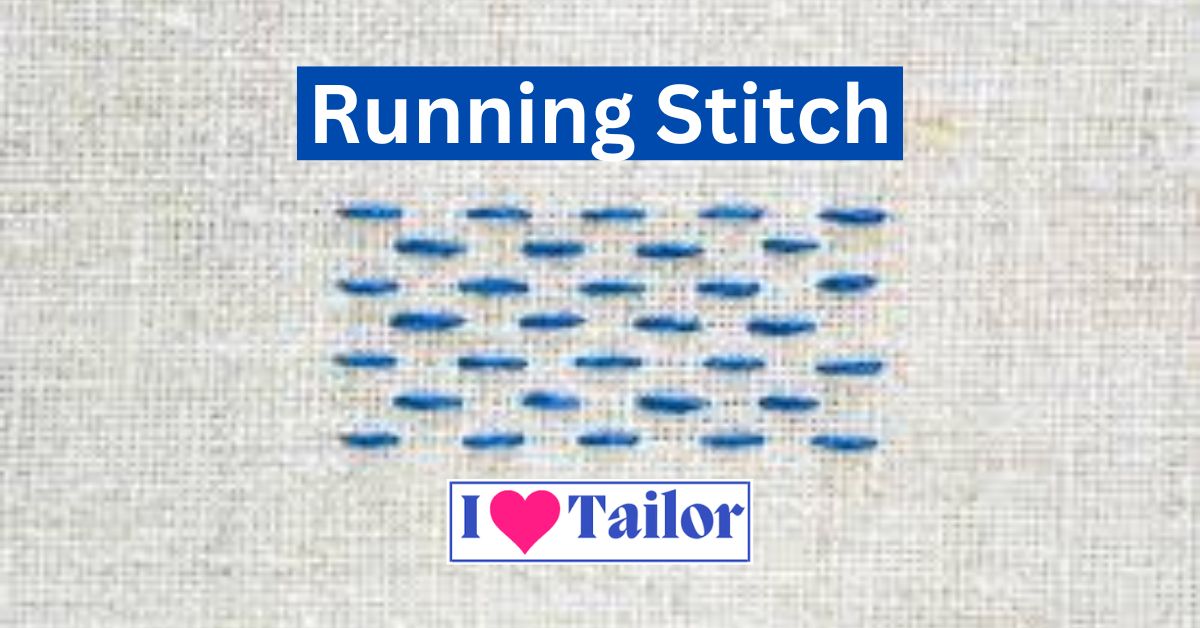
3. Backstitch: The backstitch is stronger than the running stitch and ideal for securing seams. Start by taking a small backstitch and then stitch forward, overlapping the previous stitch, and repeat.
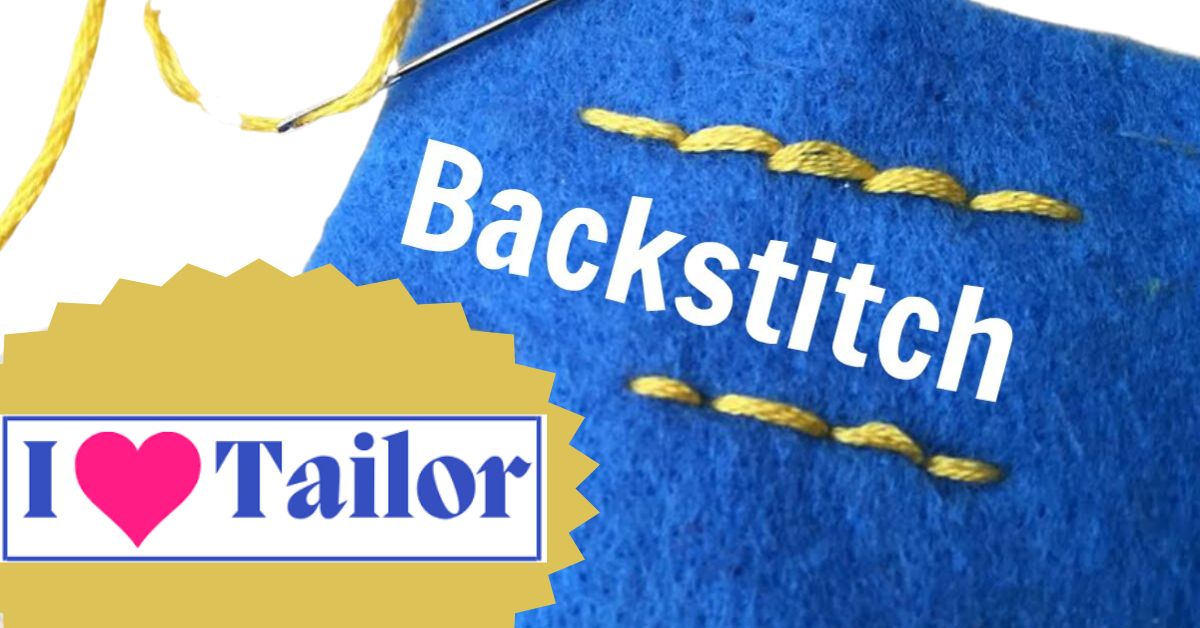
4. Slip Stitch: A slip stitch is a nearly invisible stitch used for hemming, closing openings, or attaching bindings. Hide the thread within the folded fabric and catch small sections to create a seamless finish.
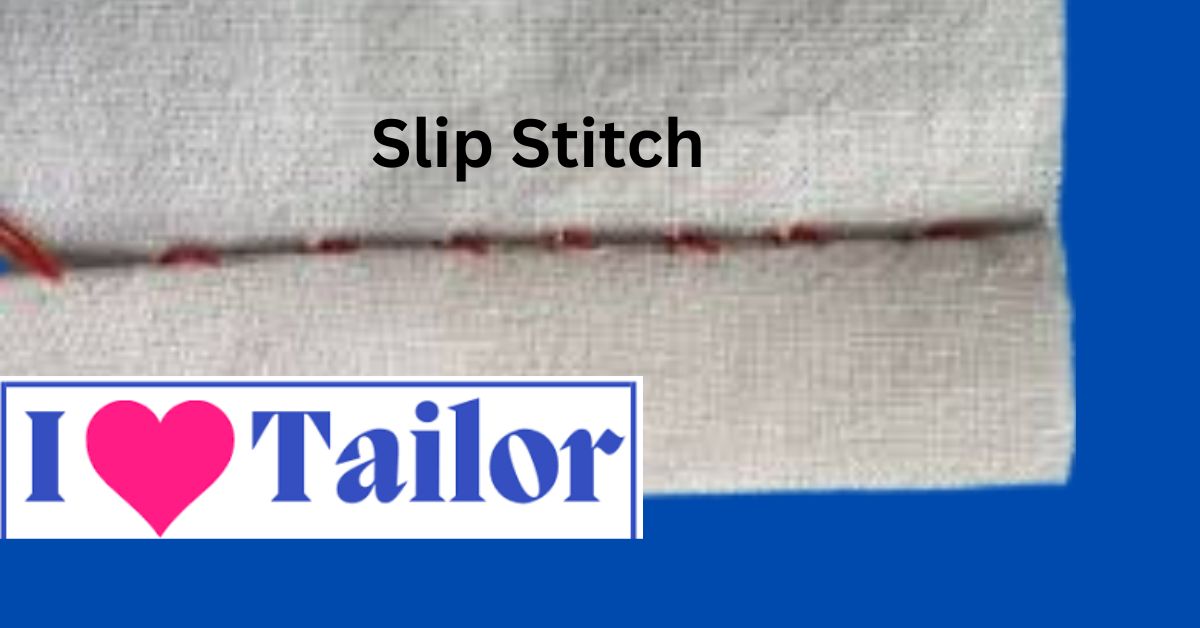
5. Blanket Stitch: The blanket stitch is commonly used for decorative purposes, finishing raw edges, or appliqué. Create a loop by inserting the needle from the back to the front and catching it with the next stitch.
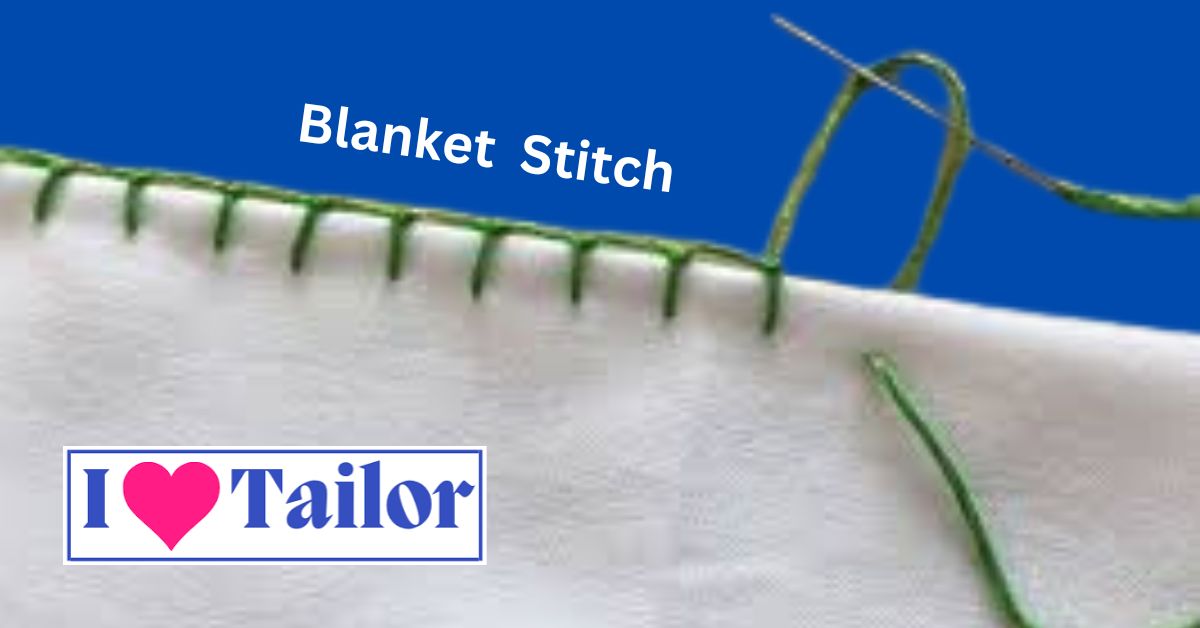
Method 2: Embroidery
Embroidery is a beautiful and decorative form of hand sewing. Using embroidery floss or thread, you can create intricate designs, patterns, and motifs on the fabric. Explore various stitches like satin stitch, French knots, and chain stitch to add texture and visual interest to your projects.
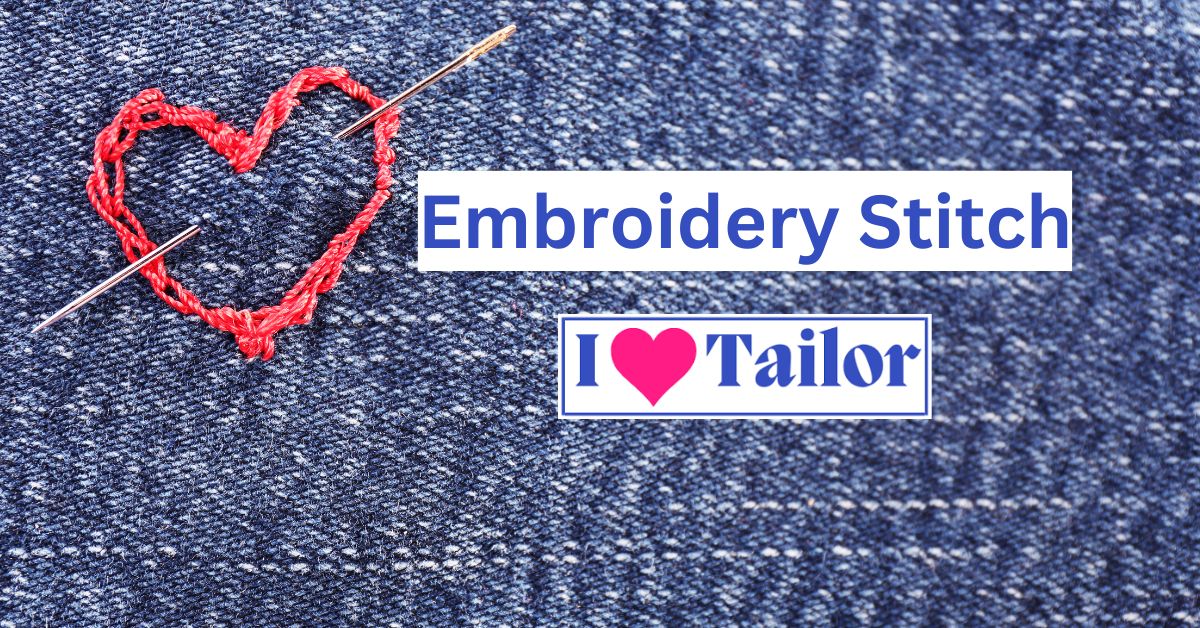
Method 3: Appliqué
Appliqué is a technique where fabric pieces are sewn onto a base fabric to create designs or add decorative elements. It allows you to incorporate different fabrics, colors, and textures into your projects. Utilize hand stitches such as blanket stitch or slip stitch to secure the fabric cutouts in place.
Method 4: Hand Quilting
Hand quilting is a traditional and time-honored method that involves stitching through multiple layers of fabric and batting to create quilted designs. Use a quilting hoop or frame to hold the layers taut while you stitch intricate patterns onto your quilts, wall hangings, or smaller projects like pot holders.
Method 5: Invisible Mending
Invisible mending is a skillful technique used to repair tears or holes in the fabric, making the repair nearly undetectable. It involves carefully aligning the edges of the damaged area and using small, discreet stitches to secure them. Choose a thread that matches the fabric color to blend the repair seamlessly.
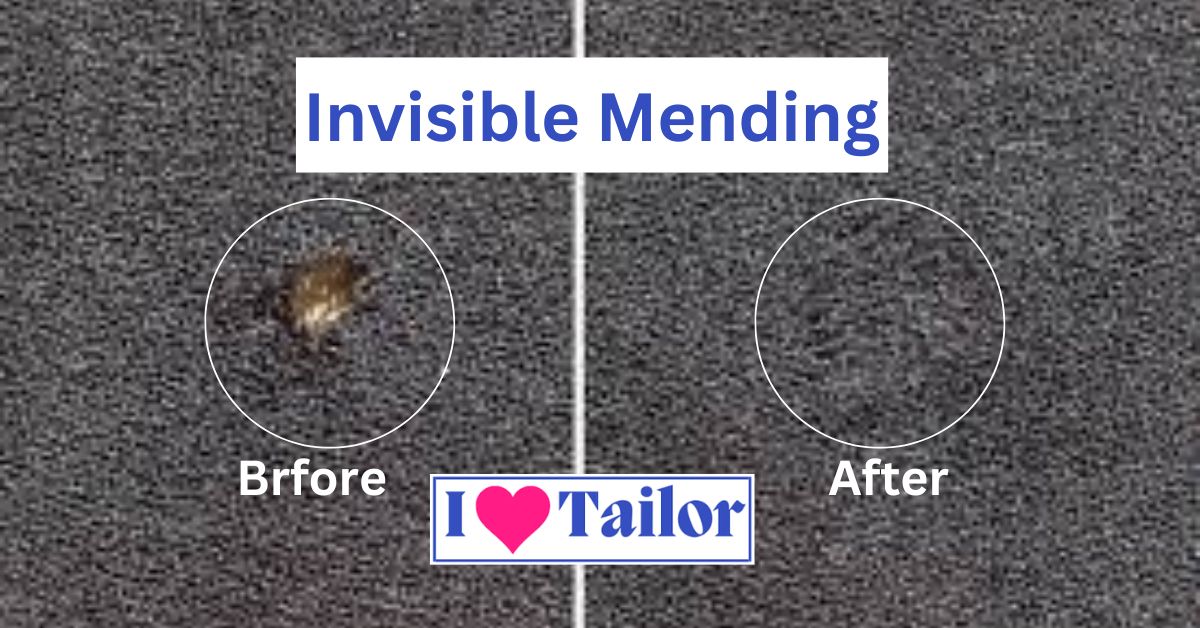
Method 6: Cross Stitch
Cross stitch is a popular and decorative hand-sewing technique often used in embroidery. It involves creating X-shaped stitches on a grid fabric to form intricate patterns or images. With patience and attention to detail, you can create stunning cross-stitch designs on fabric.
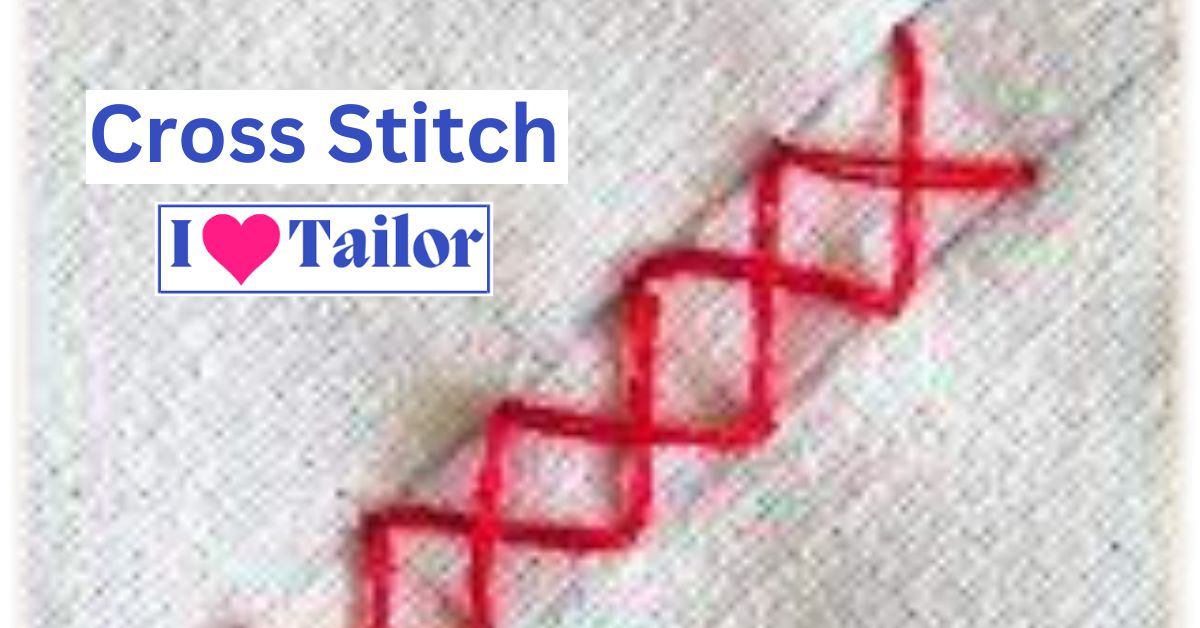
Method 7: Patchwork
Patchwork is a method that involves sewing together smaller fabric pieces to create larger designs. This technique is commonly used in quilting, but you can also apply it to other projects like bags, cushions, or clothing. Hand-sew the fabric pieces together using whip stitches or ladder stitches.

Method 8: Smocking
Smocking is a decorative technique that gathers fabric in a controlled manner to create a textured effect. It is often used in garments, such as dresses or cuffs. With hand sewing, you can create intricate smocking patterns using smocking stitches and carefully manipulating the fabric.

Method 9: Hand-Sewn Buttonholes
Buttonholes are essential closures in garments. Without a sewing machine, you can create hand-sewn buttonholes using basic stitches like blanket stitch or whip stitch. Mark the buttonhole placement, secure the edges, and stitch close to form a durable and functional buttonhole.

Method 10: Hand-Basting
Hand-basting is a temporary stitching technique used to hold fabric pieces together before permanent sewing. It involves using long, loose stitches that can easily be removed later. Hand-basting allows you to align and adjust fabric pieces accurately before committing to permanent stitches.
Related: How to fix a baggy crotch in pants?
Tips and Tricks for Successful Hand Sewing
1. Thread Tension: Maintain consistent thread tension throughout your stitches for neat and professional-looking results. Avoid pulling the thread too tightly or leaving it too loose.
2. Thimble Usage: Protect your fingers by wearing a thimble. This small tool helps push the needle through tough fabrics, reducing the risk of pricking your fingers.
3. Knotting Techniques: Learn different ways to knot your thread securely. The backstitch or double knot methods are reliable options to prevent unraveling while sewing.
4. Practice and Patience: Hand stitching needs experience and patience. Start with basic tasks and build up to more sophisticated ones. Stitching abilities develop with practice.
FAQs:
How do you sew clothes without a sewing machine?
Use running stitch, backstitch, and slip stitch to connect fabric pieces, make seams, and attach hems without a sewing machine. Use precise hand-sewing needles, thread, and scissors. With experience, you can make exquisite clothing by hand.
What is the strongest stitch by hand?
Hand-sewing’s strongest stitch is the backstitch. Overlapping stitches form a strong seam. Backstitching seams, repairs, and rips strengthen hand-sewn items.
How do you sew a hole by hand?
Start by matching the hole’s margins and fixing them with modest, unobtrusive stitches. For flawless blending, use fabric-matched thread. To finish, tie the thread and gently press the spot.
Conclusion:
While sewing machines offer convenience and efficiency, hand sewing remains a valuable skill that allows you to create beautiful and unique projects. You can sew without a sewing machine using this article’s methods. If your first stitches aren’t perfect, don’t worry practice makes perfect. Enjoy hand stitching and making something unique with your hands. Happy sewing!
Thanks!


